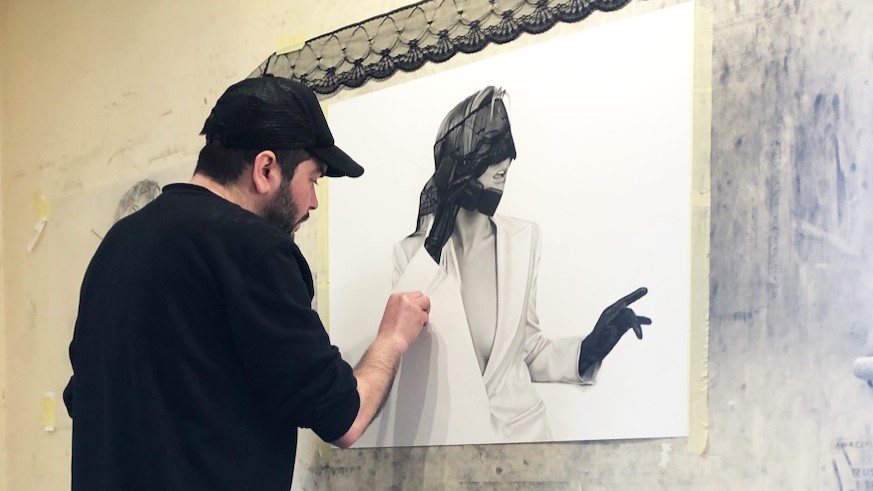By Martina Simos
Yanni Floros, 41, has been drawing since he was a child.
But it wasn’t until 11 years ago that he created art for a living. Originally, Yanni trained as a sculptor but in recent times, he has used charcoal to draw.
Horses from Greek mythology are his current inspiration, capturing their beauty and strength in a series of charcoal drawings which are displayed in the Hill-Smith Gallery in Adelaide, South Australia.
The Adelaide-based Yanni trained at the National Art School in Sydney and his work has been shown internationally in Berlin, Sydney, Melbourne, Brisbane and Adelaide. He has been a finalist in the Dobell Drawing Prize, the Lethbridge 10000 and the Adelaide Perry Prize for drawing.
Yanni spoke to The Greek Herald about his family’s artistic genes, links to Greece and how he trained himself to draw using Greek and Renaissance statues in books.
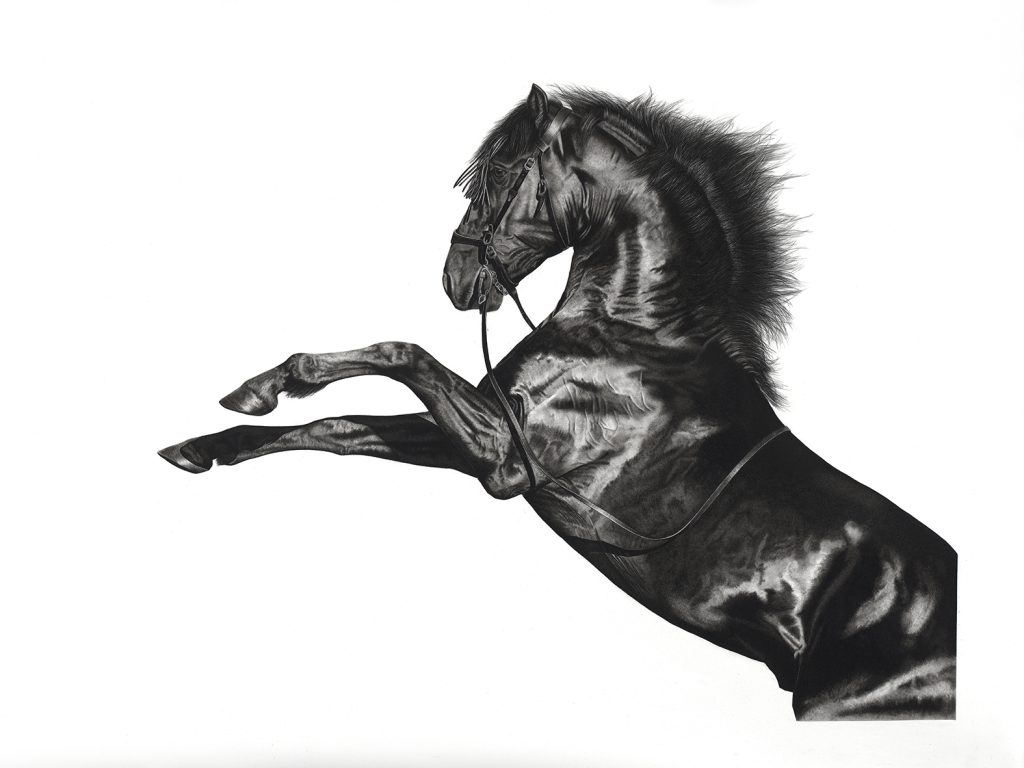
Why are you using charcoal?
I had played around with it a few times but always found it difficult and messy. I started to take the medium seriously around 16 and just kept working with it.
Who is the artistic parent?
Both parents have artistic facets to them. Mum would help me draw when I was younger and has a good eye for lines and fashion. Dad is a builder/architect and generally an all-rounder. His side has a couple of painters. Dad’s sister is a painter and his grandfather painted murals
Are both your parents Greek?
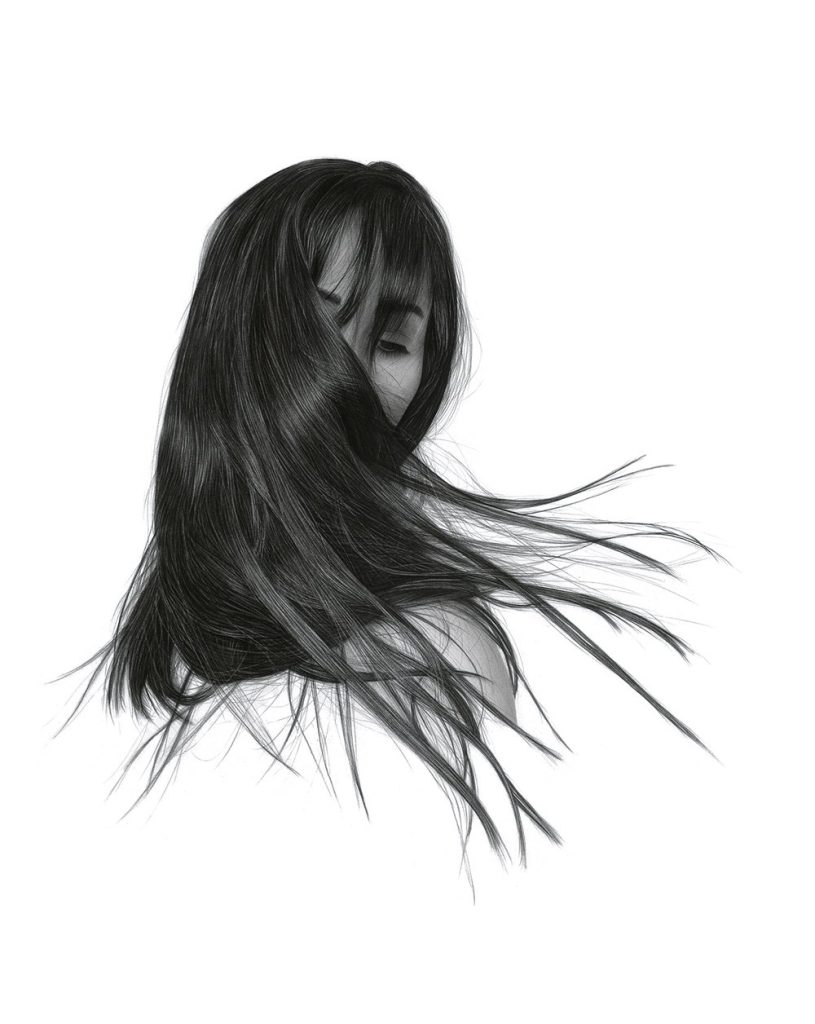
Yes, both are Greek.
Dad was born in Athens, Greece. His family is originally from the Peloponnese and came to Australia when he was five and returned to Greece when he was 17. He served in the Greek army and returned to Australia with my mother in their early 20’s to start a new life.
Mum is from a village in the Peloponnese near Tripoli. She also grew up in Athens then went to London to work as a nurse. Later, she returned to Greece.
Greeks past and present have created amazing art and sculpture. Did this influence you to study sculpture?
Most definitely. As a teenager I was copying Greek and Renaissance statues from any books I could find with pictures of them.
I’ve been told that my drawings have a 3-Dimensional quality to them, that probably comes from my approach to drawing. I don’t really draw. I feel like I’m sculpting from the paper.
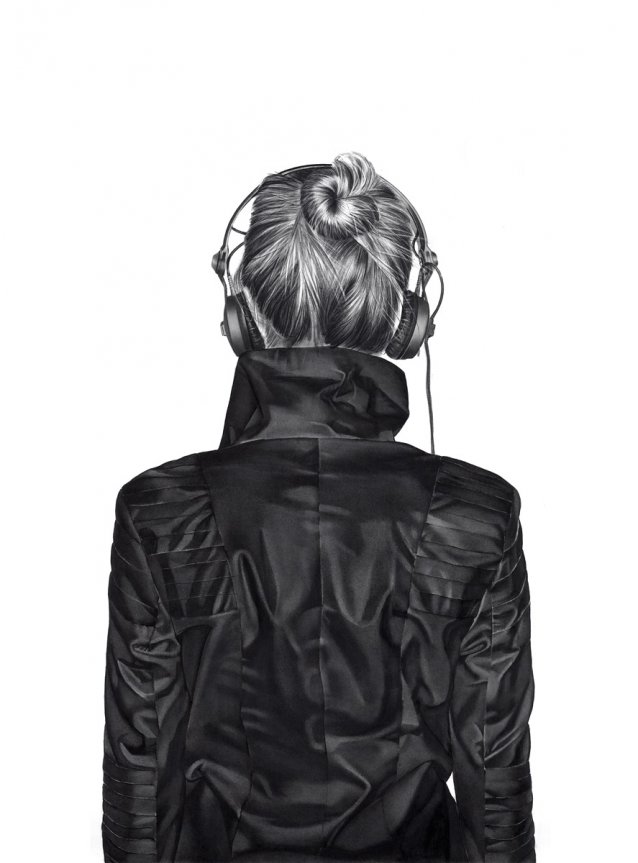
Is there a type of Greek art you admire or has influenced you in some way?
You can see the foundations of classical Greek sculpture in my charcoal drawings. I studied those Greek statues back to front and up and down. I literally have dozens of sketch books full of those statues.
Have you sketched, drawn or painted anything with a Greek depiction?
Many times and I will continue to do so.
Right now, I’m drawing a series of horses from Greek history and mythology. This is a new series of subject matter involving horses. I’m using famous horses from history and mythology.
I’ve always been interested in animals and realised I hadn’t created any artwork. Horses are big, powerful and beautiful animals as well as a challenge to draw/paint.
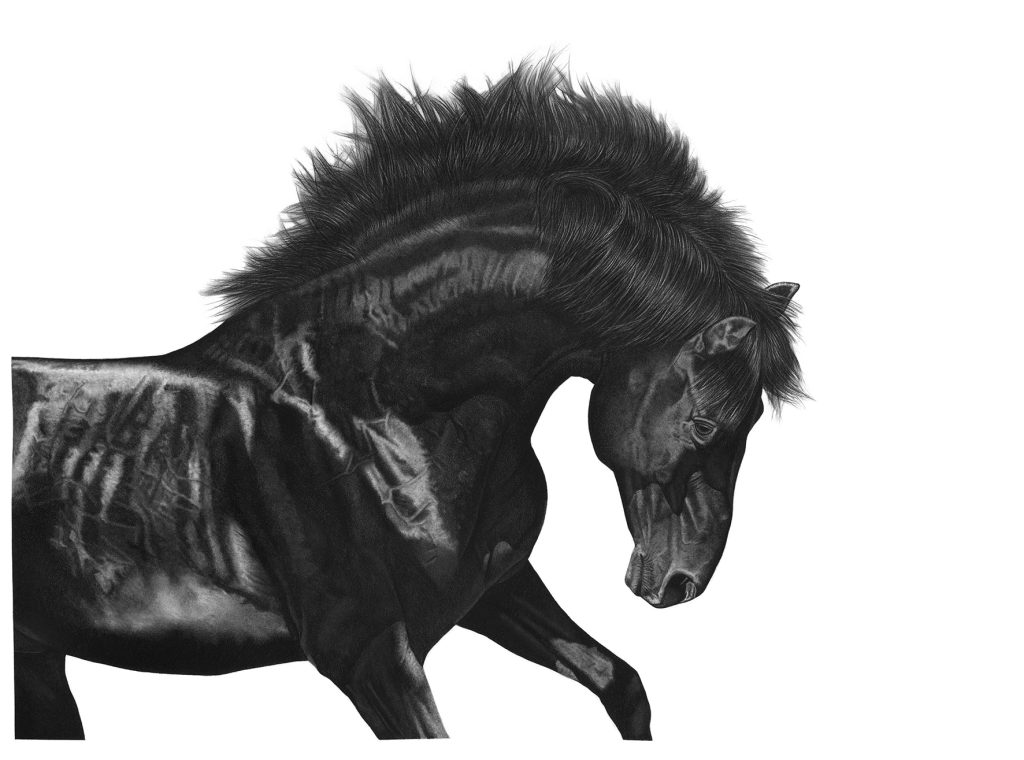
How many pieces are you doing?
I haven’t thought that far ahead! Right now, I’m just enjoying creating these magnificent creatures.
Have you named the horses?
So far, I’ve completed a few drawings – it’s a work in progress. Two of the horses are named Abraxas and Bucephalus.
Are they on display?
I have an instagram page @yannifloros or on my website www.yannifloros.com or visit the Hill-Smith Gallery in Adelaide.

